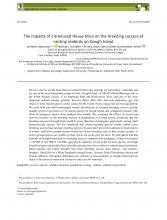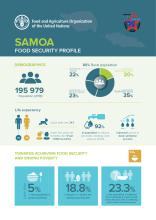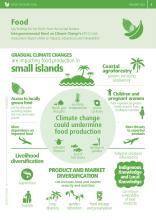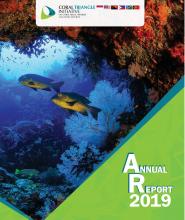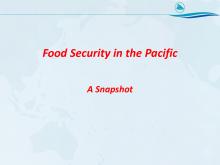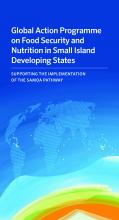Rural women and food security in Asia and the Pacific: Prospects and paradoxes

BRB
Available Online
Balakrishnan, Revathi
,
Fairbairn-Dunlop, Peggy
2005
Agriculture and food production offer stable livelihood options to rural communities throughout Asia and the Pacific region. Even as the effects of globalization spread in the region, farm production most often at the smallholder level continues to be a family enterprise. A fair share of farmers in the region engages in subsistence farming and poverty is a common occurrence among them. Farm enterprises are mostly managed by family members and family labour is a critical asset and often the only reliable investment. As rural women and men toil to preserve their heritage and broaden their economic choices, their endeavours are made more difficult by a lack of resources and market fluctuations. Asian and Pacific farmers, both men and women, are guardians of biodiversity, household food security and providers of food to urban communities. In these small farm enterprises distinct gender roles and gender differentiated access to technology and resources are evident. This disparity is compounded by the neglect of investment in rural social infrastructures such as education, health care and communications. In such resource poor rural environments, the struggle by rural women for access to resources and services is inevitable. In many Asian and Pacific countries, substantial gender equality gains have been made in urban areas in education, health and employment. Yet rural women lag behind. Moreover, rural womens work is multifaceted and demanding both as family workers and agricultural labourers. Social and economic indicators often do not do justice to their contributions. Development innovations such as microcredit and self-help groups promote rural womens economic development, but emerging evidence suggests that gender equality in rural communities is far from an everyday reality. Persisting social biases and traditional perceptions and assumptions regarding womens responsibilities and their capacities continue to hamper womens progress. This publication presents an overview of both the substantial contribution made by rural women to the economies in the region and the persisting barriers to their advancement. The framework of analysis, data and information reviewed together illustrate the complexity of rural womens work in the region and offer a broad perspective on womens economic and social contribution as well as on the barriers they encounter in accessing resources.
